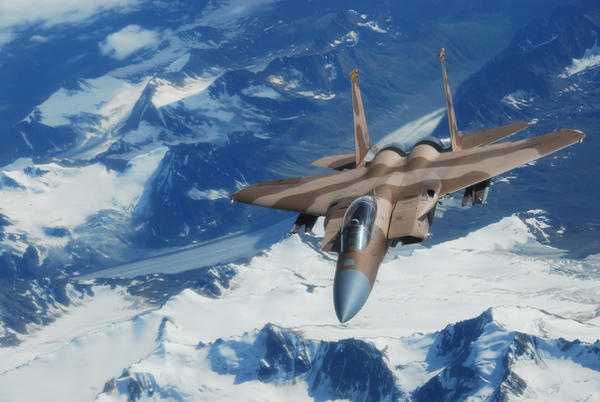If you are shooting film, there are types available that have different saturation levels. Try Fuji 160C for print film (NOT good for people!) or Fuji Velvia 50 for slide film. Prefer a faster ISO? Try Fuji 400X for slide, or 400H for print. You can also get a whole slew of filters that work with film or digital, depending on how you want the image to look. Polarizing filters intensify your color and cut back on glare/reflection, and if you have an autofocus system, be sure to get a circular polarizer (the linear will affect your meter).
If you're shooting digital, look in the camera menu for a picture style setting. There generally is one called "vivid" for color enhancement.
A lot of this can also be done in Photoshop, upping your saturation levels and modifying certain color settings. In my opinion, it's better to shoot the way you want it to turn out, rather than post-production.





![[No title]](/data/xfmg/thumbnail/37/37602-1ef8dbb1c2d0e4ff347ee65d328c3603.jpg?1734170730)



![[No title]](/data/xfmg/thumbnail/37/37603-739c5d9b541a083a12f2f30e45ca2b7b.jpg?1734170731)

